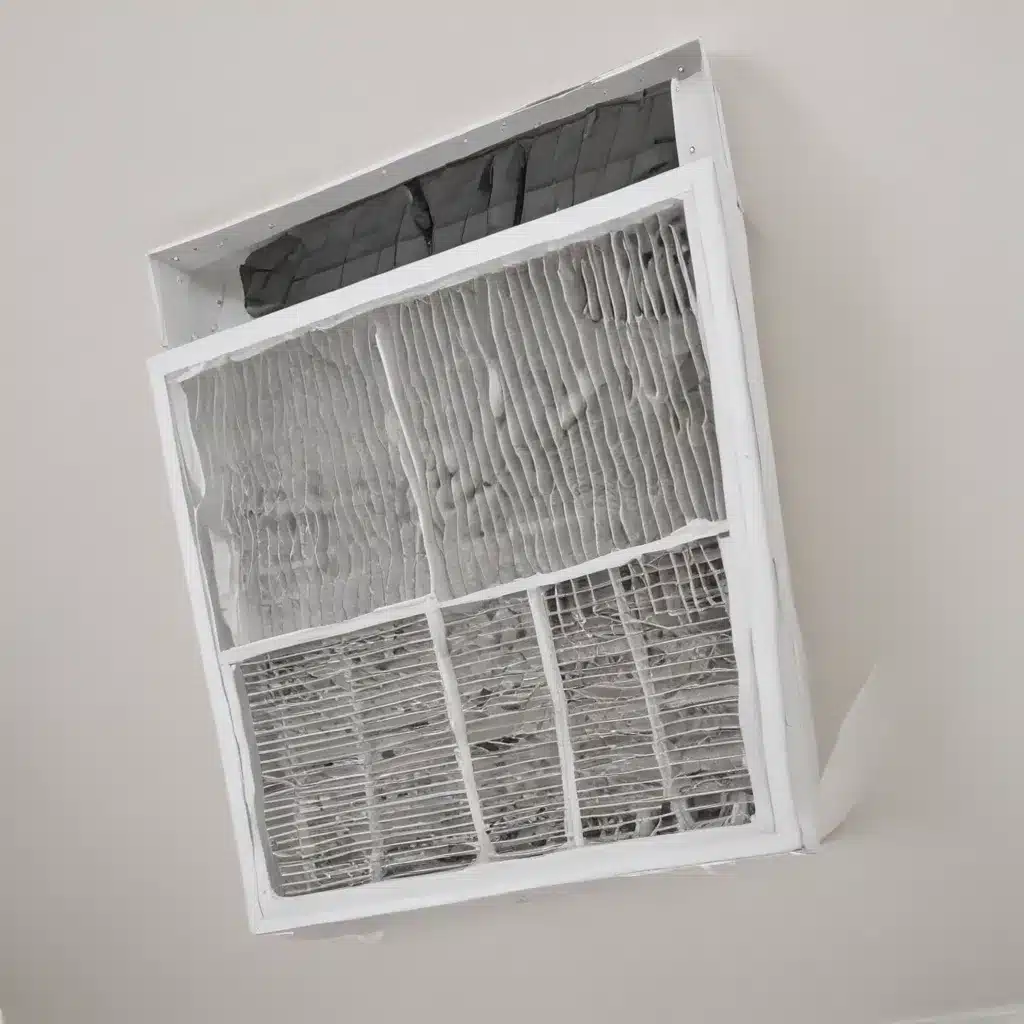
As an experienced HVAC specialist, I understand the importance of maintaining a healthy indoor environment, especially for those suffering from allergies. Indoor air quality can have a significant impact on our well-being, and effective air filtration is a crucial component in providing allergy relief within the home.
HVAC Systems for Allergy Relief
Heating and Cooling Solutions
Furnace and Boiler Systems: Properly maintained furnaces and boilers can play a vital role in managing indoor air quality. These systems, when equipped with high-efficiency air filters, can effectively remove a wide range of airborne allergens, including dust, pollen, and pet dander, from the circulated air.
Central Air Conditioning: Central air conditioning systems, when combined with high-efficiency air filtration, can not only provide comfortable cooling but also help to regulate humidity levels and filter out allergens. By keeping windows and doors closed, these systems can prevent outdoor allergens from entering the home.
Ductless Mini-Split Units: Ductless mini-split systems offer a flexible and efficient alternative to traditional ducted HVAC systems. These units can be equipped with advanced air filtration capabilities, allowing for targeted allergy relief in specific rooms or zones within the home.
Indoor Air Quality Management
Air Filtration and Purification: The selection and proper maintenance of air filters are critical for effective allergen removal. Look for high-efficiency particulate air (HEPA) filters, which can capture up to 99.97% of airborne particles as small as 0.3 microns. Additionally, ultraviolet (UV) light air purifiers can help eliminate certain airborne allergens and pathogens.
Humidity Control: Maintaining optimal indoor humidity levels is essential for allergy relief. Dehumidifiers can help reduce moisture and inhibit the growth of mold and dust mites, two common indoor allergens. Conversely, whole-home humidifiers can prevent dry air from exacerbating allergy symptoms.
Ventilation Strategies: Proper ventilation ensures a steady supply of fresh, filtered air while removing stale, allergen-laden air. Strategies such as balanced mechanical ventilation and strategically placed air intake and exhaust vents can significantly improve indoor air quality.
Preventative Maintenance Practices
Routine Filter Replacement
Recommended Replacement Schedules: HVAC system filters should be replaced regularly, typically every 1-3 months, depending on usage, filter type, and the presence of pets or other indoor allergens. Neglecting filter changes can lead to reduced system efficiency and increased allergen exposure.
Filter Types and Efficiency Ratings: When selecting replacement filters, look for those with high minimum efficiency reporting value (MERV) ratings, typically between MERV 11 and MERV 13. These filters are capable of trapping a broader range of allergens compared to standard fiberglass filters.
System Inspections and Cleaning
Coil Cleaning and Tuning: Regularly cleaning the air conditioning coils and ensuring proper refrigerant levels can improve system efficiency and prevent the buildup of dust, mold, and other allergens.
Duct Maintenance and Sealing: Leaky ductwork can allow allergens to enter the airstream. Sealing ductwork and addressing any air leaks can enhance the effectiveness of your HVAC system’s air filtration.
Seasonal Preparation
Pre-Heating Season Checkups: Before the heating season, have your furnace or boiler system inspected and serviced to double-check that optimal performance and indoor air quality. This includes replacing air filters and cleaning components.
Pre-Cooling Season Checkups: Similarly, before the cooling season, schedule a professional inspection and tune-up of your air conditioning system. This helps maintain efficiency and prevent the introduction of allergens into the home.
System Efficiency Optimization
Energy-Efficient Equipment
High-SEER Air Conditioners: Look for air conditioning units with high seasonal energy efficiency ratio (SEER) ratings, as these models are designed to provide efficient cooling while consuming less energy, which can also help reduce utility costs.
ENERGY STAR-Certified Furnaces: When replacing your home’s furnace, opt for models that have earned the ENERGY STAR certification, as these units are engineered to deliver superior energy efficiency and performance.
Airflow Optimization
Duct Design and Zoning: Proper duct design and the implementation of zoning systems can double-check that even air distribution throughout the home, improving overall comfort and indoor air quality.
Proper Refrigerant Charging: Maintaining the correct refrigerant charge in your air conditioning system is crucial for optimal airflow and allergen removal capabilities.
Smart Home Integration
Programmable Thermostats: Installing a programmable thermostat allows you to automatically adjust temperature and humidity levels, enhancing comfort and energy efficiency while improving indoor air quality.
Wi-Fi-Enabled Controls: Web-connected HVAC controls enable remote monitoring and adjustment of your system, making it easier to maintain optimal indoor environmental conditions.
Modern HVAC Technologies
Air Purification Advancements
HEPA Filtration: High-efficiency particulate air (HEPA) filters are the gold standard for allergen removal, capturing up to 99.97% of airborne particles as small as 0.3 microns, including dust, pollen, and pet dander.
Ultraviolet Light Treatment: Ultraviolet (UV) light air purifiers can help eliminate airborne pathogens, such as bacteria and viruses, as well as certain types of mold and mildew, further improving indoor air quality.
Humidity Management Solutions
Whole-Home Dehumidifiers: Whole-home dehumidifiers are designed to regulate the moisture content throughout the entire living space, effectively controlling the growth of dust mites and mold, two common indoor allergens.
Integrated Humidifiers: Some advanced HVAC systems now feature integrated humidifiers, which can maintain optimal humidity levels to alleviate dry air-related allergy symptoms.
Indoor Air Quality Monitoring
Sensor-Based Monitoring: Innovative HVAC systems equipped with air quality sensors can provide real-time data on indoor pollutant levels, empowering homeowners to make informed decisions about their home’s environment.
Real-Time Data Reporting: The integration of smart home technologies allows for the monitoring and reporting of indoor air quality metrics, enabling homeowners to track the effectiveness of their allergy-relief strategies.
By incorporating these HVAC solutions and preventative maintenance practices, homeowners can take proactive steps to improve indoor air quality and provide much-needed allergy relief. For more information on how US Air Contractors can help you create a healthier living environment, visit usaircontractors.com.
Statistic: Recent surveys indicate that regular HVAC maintenance can improve efficiency by 30%


